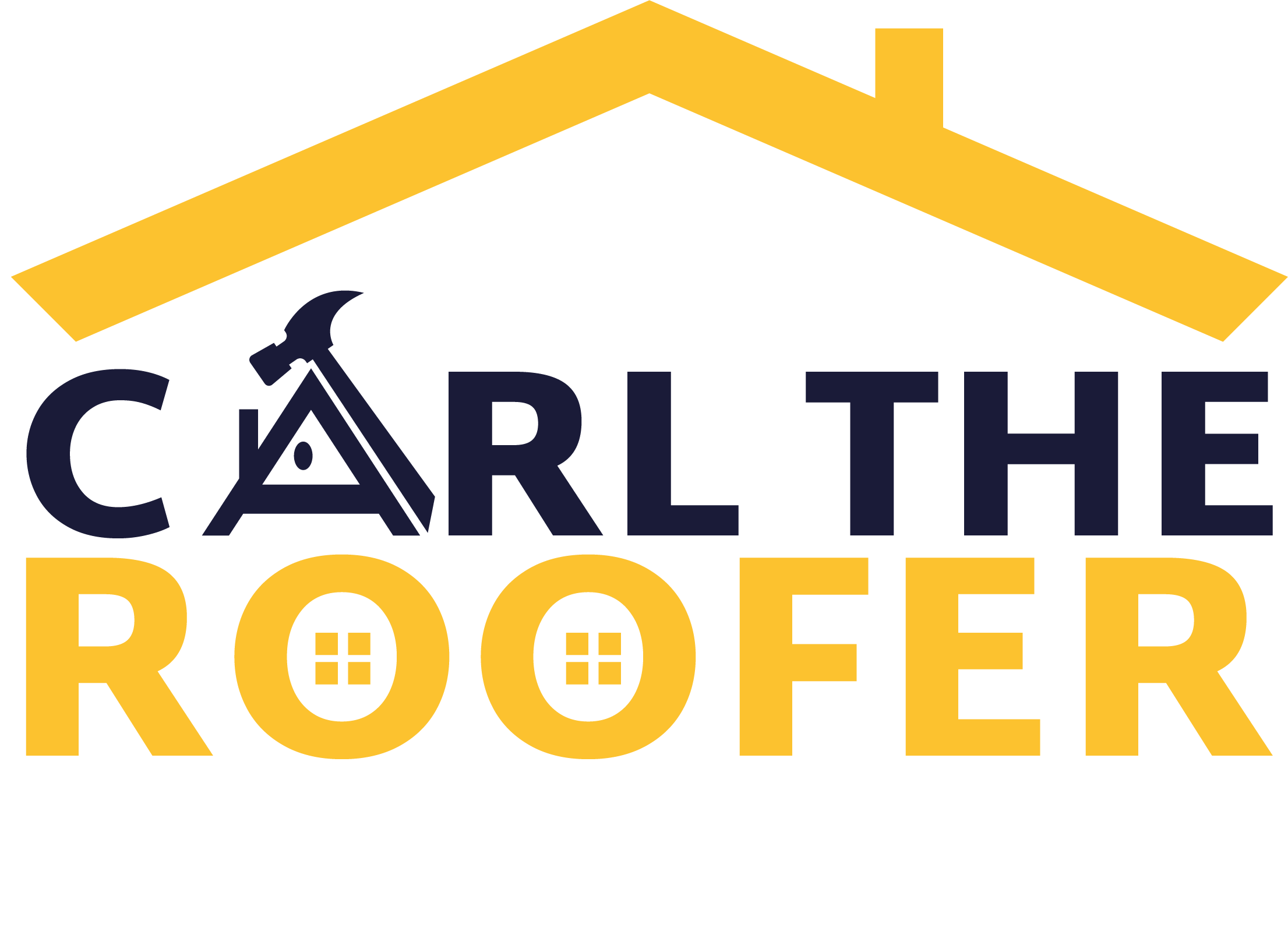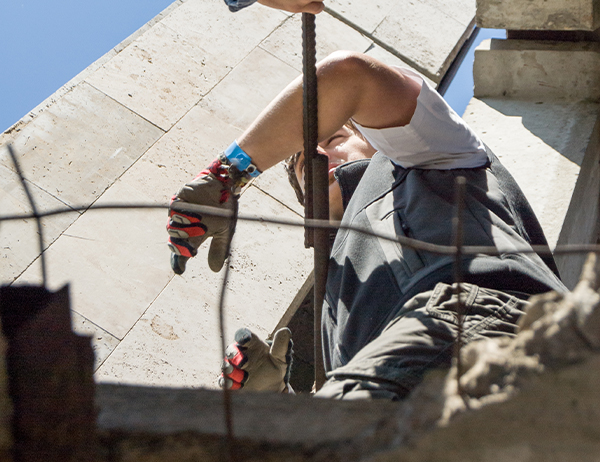Australia is no stranger to drastic weather, from heavy rainfall in Queensland to intense summer storms in Sydney. Such weather conditions can be particularly harsh on our homes, with roofs bearing the brunt of the elements. Recognizing early signs of roof damage after a storm can not only save you costly roof repairs but also protect the integrity of your home.
Introduction
Every year, storms across Australia lead to countless property damage claims, with roofs often at the forefront. Given the turbulent weather patterns, especially in our storm-prone regions, homeowners should be vigilant. A roof compromised by storm damage can lead to severe structural issues and internal damage if not addressed promptly.
The Immediate Aftermath of a Storm
Once the storm subsides, the natural instinct for many homeowners is to inspect for damage. However, it’s paramount to ensure that conditions are safe. Electrocution risks from downed power lines or potential slips from wet surfaces are real threats. Before any inspection, always ensure the storm has completely passed and it’s safe to venture outside. For those not comfortable with heights or uncertain about roof stability post-storm, conducting a ground-based assessment is a prudent first step.
Signs of Roof Damage Visible from the Ground
A keen-eyed observation from your backyard or front can reveal quite a bit:
Broken or missing shingles: Depending on your roofing material, tiles may crack, or shingles might tear off due to strong winds. Metal roofs may have dents or bent panels.
Accumulated debris on the roof: From leaves to larger tree branches, stormy winds can deposit a range of debris on your roof. Not only can these cause immediate damage, but they can also lead to water pooling, increasing the risk of roof leaks.
Damaged gutters or downspouts: If your guttering system is sagging, dented or filled with debris, it’s an indication of potential roof damage. Gutters play a pivotal role in guiding rainwater away from your home’s foundation.
Signs of water damage on external walls: Streaks or damp spots can signify water runoff problems, often stemming from roof damage or gutter blockages.
Conducting a Closer Inspection
Should you feel comfortable and safe to do so, a more thorough roof inspection can be conducted. However, always ensure you’re using appropriate safety gear, including secure ladders and non-slip footwear. If in doubt, consider calling professionals like members of the Roofing Association of Australia, who are trained to handle such inspections.
Here’s what to look for:
Inspecting shingles: For homes with terracotta or concrete tiles, look for any that are displaced or cracked. For Colourbond or other metal roofs, check for any obvious dents, especially in the aftermath of a hailstorm.
Checking metal wear in valleys: The valleys of a roof are crucial for water runoff. Ensure that these areas are clear of debris and check for signs of rust or wear in metal linings.
Inspecting chimneys, vents, and other roof structures: Wind can displace or damage flashings around chimneys or vents. Ensure they are intact and sealed correctly.
Checking sealant areas: Any spots where sealants have been used, be it around skylights or other roof fixtures, should be inspected for cracks or wear. This ensures no water seeps into the home during the next downpour.
Hidden Indicators of Roof Damage
Not all storm damage is immediately visible. Some subtle signs can indicate potential problems:
Dampness or water stains in the attic: If you have access to your attic or roof space, a quick check can be very revealing. Any damp spots or water stains on the underside of the roof or beams could indicate leaks.
Mould or mildew growth: Especially in more humid parts of Australia, like Northern Queensland, an unchecked leak can quickly lead to mould growth, which can be a health hazard.
Decreased insulation efficiency: Wet insulation not only loses its effectiveness but can also become a breeding ground for mould. If you notice a sudden spike in your heating bills or feel drafts in parts of the home, compromised roof insulation might be the culprit.
Signs of daylight or external drafts: This might sound obvious, but any visible daylight through the roof in your attic space is a clear sign of damage.
The Role of Trees and Nearby Structures
It’s not just the direct impact of rain or hail that homeowners need to consider. The surroundings play a vital role in potential roof damage:
Tree limbs resting on or brushing against the roof: Overhanging branches can act like a battering ram during a storm, especially with Australia’s gusty winds. Constant abrasion from branches can wear down roofing materials and even cause breakages in tiles or dents in metal roofing. After a storm, check for branches that may have been brought down or are now touching your roof.
Flying debris impact spots: Storms, especially in areas like the cyclone-prone Northern Territory, can propel debris at high speeds. Items like loose fencing panels or garden furniture can cause significant damage if hurled onto a roof. It’s essential to inspect for any impact points that might not be immediately visible but can compromise the roof’s integrity.
Nearby structures: Adjacent buildings, pergolas, or overhangs might shed materials or suffer damage themselves during a storm. Be vigilant about any debris or damage that might have transferred to your roof from these structures.
Addressing Identified Damage
Spotting the damage is only the first step; timely action is what can save homeowners from hefty repair bills down the line:
Temporary fixes: If you identify minor issues or potential leak points, using a tarpaulin can be a short-term solution to prevent water ingress until professional repair can be conducted. Always ensure safety when placing a tarp, using ropes or weights to secure it adequately.
Seeking professional inspections: While DIY checks are valuable, there’s no substitute for a professional’s eye. Experienced roofers can spot subtle signs of damage and provide guidance on necessary repairs. Reach out to recognized industry bodies, such as the Housing Industry Association (HIA), for guidance on qualified professionals in your region.
Insurance claims: Depending on the nature and extent of the damage, homeowners may need to lodge an insurance claim. It’s vital to understand your policy specifics. Australian insurance companies often have distinct criteria for storm damage, especially in areas frequently hit by extreme weather. Document the damage with photos and consider obtaining a professional assessment, which can be invaluable when discussing claims with your insurance provider.
Preventative Measures for Future Storms
Prevention is always better than cure, and there are steps homeowners can take to make their roofs more resilient:
Regular roof maintenance: Having your roof inspected annually, or even biannually in storm-prone areas, can highlight potential weak points or wear that might compromise its integrity in a storm.
Pruning overhanging tree branches: As discussed earlier, tree limbs can be a significant hazard. Regularly trim branches that pose a risk to your roof.
Upgrading to storm-resistant roofing materials: If you live in an area that consistently experiences severe weather, it might be worth investing in materials specifically designed for such conditions. Modern roofing technologies offer long-lasting and aesthetically pleasing solutions.
As the Australian climate reports frequent storms, homeowners must take proactive preventive steps and identify damage in the first place. A well-maintained roof not only ensures the comfort and security of your home but also conserves its value.
For those searching for reliable expertise in roof evaluation and repair, consider reaching out to professionals like Carl the Roofer. With a commitment to quality and profound insight into Australia’s unique weather challenges, you can ensure your home remains protected, whatever the weather throws at it.
Frequently Asked Questions
Q: How often should I have a professional roof inspection, especially in storm-prone areas of Australia?
Answer: In storm-prone regions like Northern Queensland or cyclone-prone areas of the Northern Territory, it’s suggested to have a roof inspection at least once a year. However, after a particularly severe storm or if you notice any signs of damage, Prioritize seeking a professional assessment quickly. Regular inspections help identify and rectify minor issues before they become worse.
Q: Are there specific roofing materials that are more resilient to Australian storm conditions?
Answer: Yes, there are roofing materials specifically designed to withstand Australia’s diverse weather conditions. For example, metal roofing, like Colourbond, is popular due to its durability and resistance to various elements, including hail. Terracotta tiles, while more brittle, are often chosen for their thermal properties and traditional appeal. If you live in a storm-prone area, it’s worth consulting with a roofing expert to choose materials best suited for your region.
Q: I’ve noticed a few missing tiles after a storm. Can I replace them myself?
Answer: While it might be tempting to handle minor repairs yourself, working on a roof can be dangerous, especially if you’re not familiar with safety protocols. Additionally, incorrectly replaced tiles or shingles can lead to more problems down the line, such as leaks or further damage. It’s recommended to consult with or hire a professional for any roofing repairs to ensure the job is done safely and correctly.
Q: My home insurance policy mentions ‘storm damage’. Will it cover all types of roof damage after a storm?
Answer: “Storm damage” in insurance policies can vary in its specifics. While many policies will cover direct damage from events like hail, wind, or heavy rainfall, there might be exclusions or conditions. For example, damage due to lack of maintenance or pre-existing issues might not be covered. Always review your policy carefully and consult with your insurance provider for clarification. It’s also a good idea to document and photograph any damage to support your claim.
Q: After a storm, there’s a lot of debris in my gutters. How crucial is it to clean them, and can this impact my roof?
Answer: Cleaning your gutters after a storm is essential. Blocked gutters can lead to water pooling and potentially seeping into the roof space or the home’s interior. Over time, this can cause structural damage, mould growth, and other issues. Additionally, the weight of wet debris can strain and damage the gutters themselves. Regularly cleaning and ensuring water can flow freely away from your home reduces the risk of subsequent damage.

